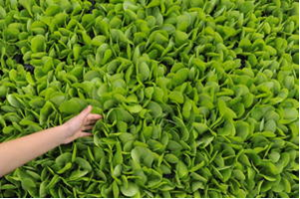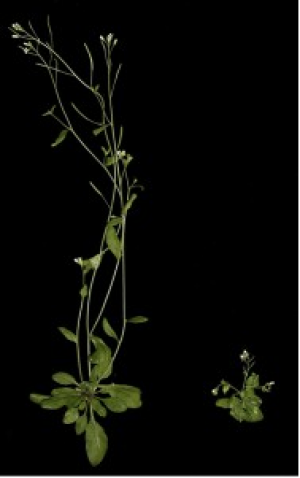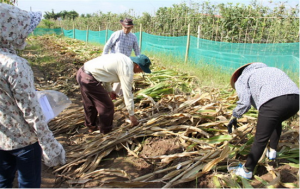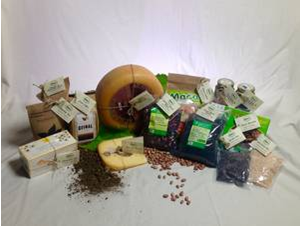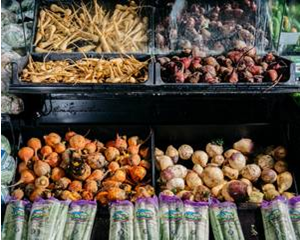|
Biosensor Reveals Gibberellin`s Critical Role in Legume Nitrogen-Fixation
Tuesday, 2024/08/20 | 08:20:29
|
|
Figure: Medicago truncatula
Researchers at the University of Cambridge have revealed in a new study that the plant hormone gibberellin (GA) is essential for the formation and maturation of nitrogen-fixing root nodules in legumes and can also increase nodule size.
In the research results published in The Plant Cell, Dr. Alexander Jones' research group at the Sainsbury Laboratory Cambridge University (SLCU) and Professor Giles Oldroyd's group at the Crop Science Centre have made a major step by revealing the GA dynamics that govern the development, morphology and function of nitrogen-fixing root nodules. Dr. Jones said that their experiments showed that adding GA reduces nodulation and removing GA increases nodulation in legumes such as Medicago truncatula. This suggests that GA is antagonistic towards nodulation, but there is also a legume mutant in peas that produces less GA and has fewer nodules, which suggests that GA is somehow required for nodulation. “These conflicting results suggest there is probably something going on with spatial-temporal GA patterning,” Dr. Jones added.
Using the highly sensitive next-generation biosensor nlsGIBBERELLIN PERCEPTION SENSOR 2 (GPS2) developed in the Jones Group, Dr. Colleen Drapek was able to visualize exactly where and when GA was present and in what relative concentrations it occurred. She found that GA accumulated in the nodule primordium (the zone in the root cortex where cells start dividing in the early stages of nodule formation) in Medicago infected with rhizobium bacteria. Dr. Drapek used GA and symbiotic Medicago mutants to further test what GA was doing by targeting the overexpression of enzymes that break GA down or synthesize GA. The result for the former was that no nodules were formed and the latter was with larger nodules.
For more details, read the article in the SLCU website. See https://www.isaaa.org/kc/cropbiotechupdate/article/default.asp?ID=20922
|
|
|
|
[ Other News ]___________________________________________________
|


 Curently online :
Curently online :
 Total visitors :
Total visitors :
(250).png)

